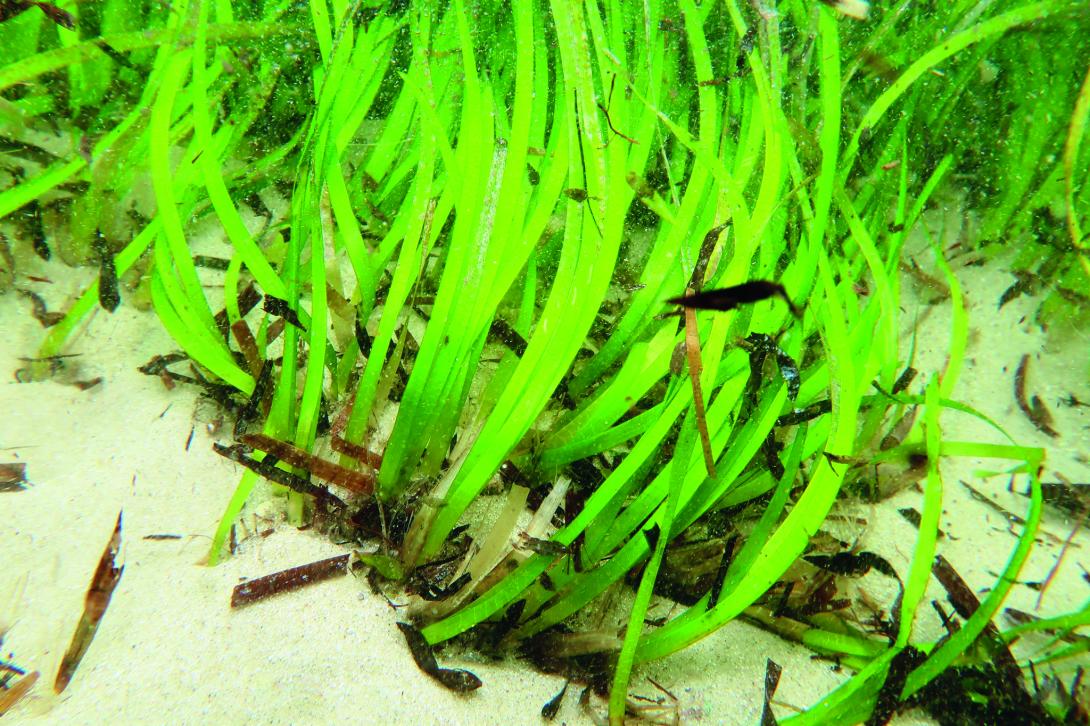
Photo by David Muirhead
Can you guess the largest plant in the world? Turns out it’s not a gigantic Sequoia tree, but … seagrass!
Researchers from the University of Western Australia and Flinders University have located an ancient and incredibly resilient seagrass stretching across 112 miles that is estimated to be at least 4,500 years old.
The discovery of the single plant or “clone” of the seagrass Posidonia australis in the shallow, sun-drenched waters of the World Heritage Area of Shark Bay in Western Australia is detailed in a new study published in Proceedings of the Royal Society B.
Evolutionary biologist Dr. Elizabeth Sinclair, from UWA’s School of Biological Sciences and the UWA Oceans Institute, said the project began when researchers wanted to understand how genetically diverse the seagrass meadows in Shark Bay were.
“We often get asked how many different plants are growing in seagrass meadows, and this time we used genetic tools to answer it,” Sinclair said.
The team sampled seagrass shoots from across Shark Bay’s variable environments and generated a “fingerprint” using 18,000 genetic markers.
“The answer blew us away—there was just one!” student researcher Jane Edgeloe said. “That’s it—just one plant has expanded over 112 miles in Shark Bay, making it the largest known plant on earth.” It seems to come from a single, colonizing seedling.
Sinclair said what makes this seagrass plant unique from other large seagrass clones, other than its enormous size, is that it has twice as many chromosomes as its oceanic relatives, meaning it is a polyploid.
“Whole genome duplication through polyploidy—doubling the number of chromosomes—occurs when diploid ‘parent’ plants hybridize. The new seedling contains 100% of the genome from each parent, rather than sharing the usual 50%,” Sinclair said.
“Polyploid plants often reside in places with extreme environmental conditions, are often sterile, but can continue to grow if left undisturbed, and this giant seagrass has done just that.”
Without seed production, this plant can be an example of resilience, surviving and thriving in a wide range of temperatures and high light conditions.
The researchers have now set up a series of experiments in Shark Bay to understand how this seagrass became so adaptable.
The research was made possible through collaboration between UWA, Flinders University and Kings Park Science, and also funded by the Australian Government’s National Environmental Science Program and the Australian Research Council.













